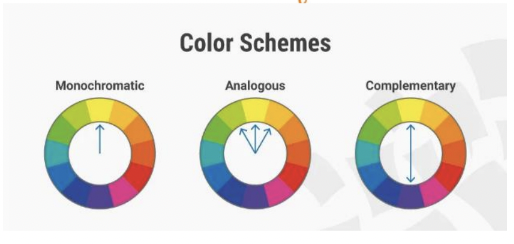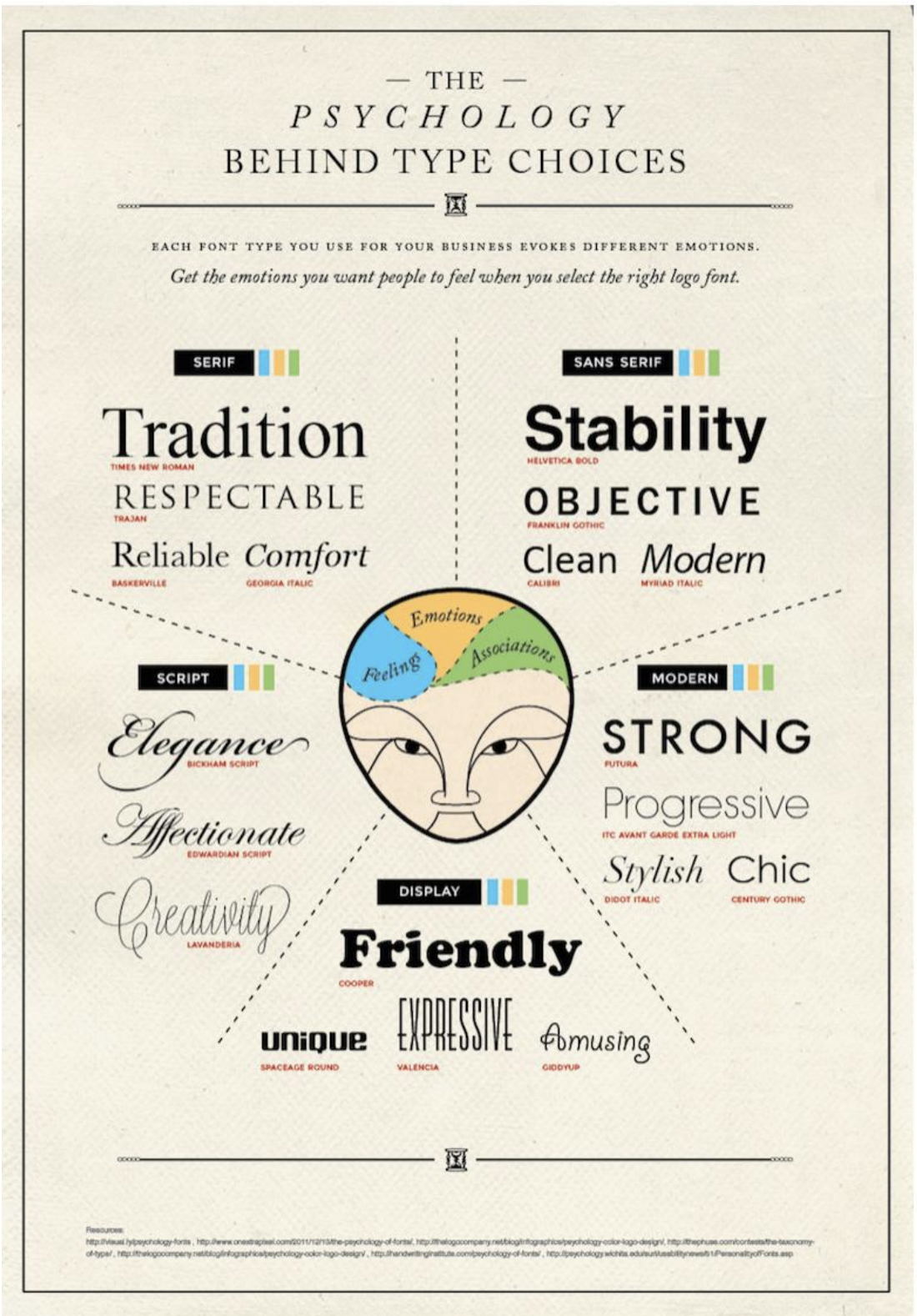English P1 skills
1/7
Earn XP
Description and Tags
Name | Mastery | Learn | Test | Matching | Spaced |
|---|
No study sessions yet.
8 Terms
Evaluative vocabulary
Effective
successful
fitting
convincing
appropriate
powerful
compelling - evoking interest, attention, or damiration in a powerful, irresistibleS way
empatic - expressing something forcibly and clearly
persuasive
credible
apt
suitable
apposite - highly appropriate
valid
applicable
artful
striking
Adjectives to define attitude
dismissive
reverent - feeling or showing profound respect
worshipful
scathing - witheringly scornful = severely critical
cynical - believing that people are motivated purely by self interest; distrustful of human sincerity
dubious - hesitating or doubting
admiring
scornful - feeling or expressing contempt or derision - mocking
disparaging - expressing the opinion that something is of little worth = derogatory
disgusted
hopeful
optimistic
pessimistic
disdainful - arrogant, scornful, act ean and superior
concerned
sympathetic
sceptical
Word to describe tone and style
sarcastic
accepting
despairing - expressing the opinion that something is of little worth = derogatory
disinterested
polite
bubbly
serious
enthusiastic
fearless
patronising
expectant
confiding
gloomy
bleak
half-hearted
sorrowful
demanding
mysterious
assertive
joking
sly
Words instead of emphasize
Underline
Underscore
Undermine
Highlight
Stress
Reiterate
Repeat
Articulate
Insist
PIRATES
Persuade - if persuasive (eg. an appeal), what is the overarching persuasive purpose
Interplay - how convincing is the interplay between form and content - eg. text and images; structure and meaning
Reflect - if reflective, what reflections are conveyed adn to what purpose?
Audience - who is the intended audience demographic, and how are persuasive/education/emotive tactics employed to appeal to them
Trust - how does the text establish the audience’s trust?
Educate - How does the text use arguments, information and evidence to educate its audience?
Stir - How and to what effect does the text stir an emotional response in the audince
Colour Psychology
Red
passionate
active
exciting
bold
youthful
energy
physical
power
confidence
leader
Pink
love
calm
respect
warmth
feminine
care
sensitive
nurture
possibilities
Purple
deep
creativity
original
individual
wealth
compassion
fantasy
respectable
Navy blue
trust
order
loyalty
sincerity
authority
peace
control
success
responsible
Masculine
calm
Green
balance
growth
restore
generous
clarity
prosperity
safety
Blue
spiriut
content
control
rescue
open
ambition
goals
determination
orange
instinct
warmth
optimistic
extrovert
freedom
motivation
impulse
social
spontaneity
Monochromatic colour scheme
uses variations of a single color for a harmonious look = simple and elegant, creates cohesion and balance
Analogous colour scheme
uses adjacent colours on the colour wheel for harmony = harmonious, waterm, allows subtle variation
Complementary colour scheme
uses colours opposite on the colour wheel for contrast = dynamic, striking, creates strong visual interest

Font choices

Features for analysis
anecdotes
use of evidence, quotations, facts
credible sources
illustrative detail
tone
emotive language
images
pull out quotations
interactive features - eg. hyperlinks
mode of address
register
lists
expanding clause length
use of punctuation
order, organisation, structure
word placement
parallel structure, balanced construction
repetition
hypophora
climax